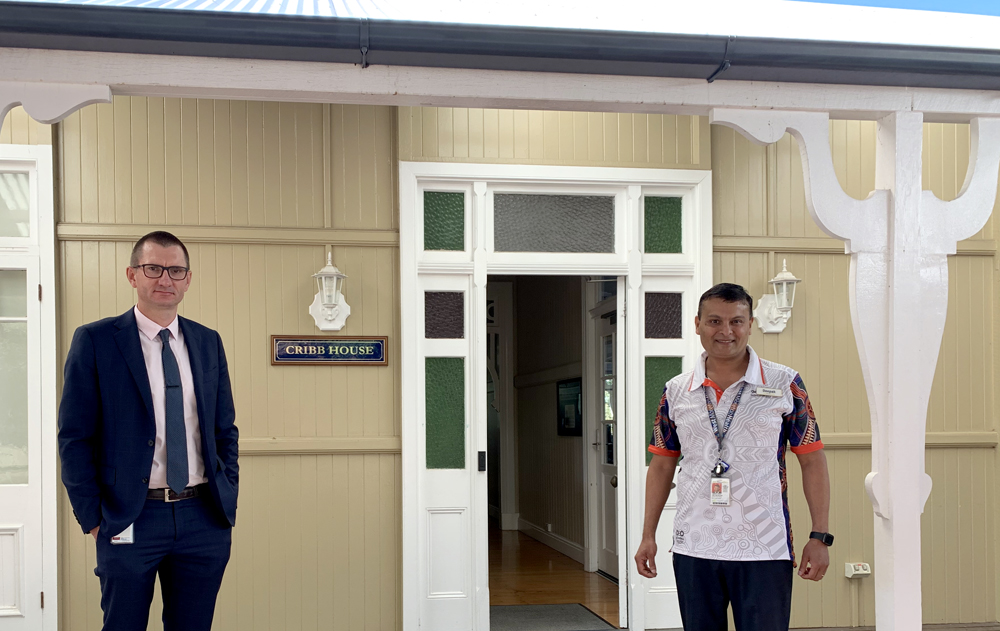History is repeating for Ipswich Hospital’s Cribb House as it takes centre stage once again at the centre of West Moreton Health’s response to the global pandemic COVID-19.
Historically known as Epidemic Hospital, the humble exterior of Ipswich Hospital’s Cribb House defies its historic role in disease outbreaks as a ward for infectious diseases up until the 1950s.
The converted cottage home on the Ipswich Hospital campus has housed the Health Emergency Operations Centre (HEOC) during West Moreton Health’s response to the novel coronavirus (COVID-19).
Within its walls, the hospital’s Incident Management Team (IMT) established the Health Operations Emergency Centre to coordinate the local response to the global pandemic.
It was at Cribb House that plans were made to set up a COVID-19 ward and testing facility and expand Ipswich Hospital’s emergency department and Intensive Care Unit capacity, as well as myriad decisions made to protect the health and safety of patients, staff and broader community.
Nurse on the steps of Cribb House, date unknown. Image courtesy Ipswich Hospital Museum
West Moreton Health’s Chief Operating Officer Matthew Tallis said it was a fitting use for Cribb House given the site’s early use as the region’s first epidemic hospital.
Cribb House was built as a residence for Joseph Foote Cribb, a great supporter and sponsor of Ipswich Hospital, who went on to sell the house and adjacent land to the Ipswich Hospital for £1,550 in 1916.
Scarlet fever, diphtheria and polio were among the contagious diseases commonly treated at the hospital.
“While we no longer use Cribb House as a clinical space for infectious diseases, there is a certain symbolism in its use as our HEOC,” Mr Tallis said.
“Many in the community would still have memories either of working in the Epidemic Hospital or as patients who received treatment here.
“The majority of patients were children and there are some fascinating tales of children’s’ families lining up at the fence to wave to their kids, as visitors weren’t allowed.
“The ward had just canvas walls, which were rolled up during the day to allow fresh air.
“And now in 2020, Cribb House has been at the centre of our response to a global pandemic, something that will also be etched in the minds and history of this community and particularly our health workers for decades to come.”
Protective clothing worn by nursing staff. Image courtesy Ipswich Hospital Museum
The Cribb House training rooms have also been used for Health Emergency Operations Centres that were stood up in times of flooding and other natural disasters.
Read also:
>>> Council rat catchers: The Black Death comes to Ipswich
>>> Ipswich flu cases nose-dive thanks to COVID-19 restrictions

